RESEARCH & DEVELOPMENT
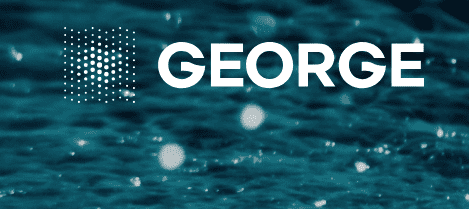
GEORGE
GEORGE is a Horizon Europe-funded project that develops novel technologies to improve ocean observations. The technologies developed will represent the next level in systematic long-term autonomous ocean
observations.
The GEORGE project develops technology that will, for the first time, enable systematic autonomous, in situ seawater CO2 system characterisation and the measurement of CO2 fluxes on moving and fixed platforms. Together with sensor manufacturers, GEORGE will optimise sensor technologies for platforms operated by ERICs. The project is expected to develop new autonomous sensors and samplers to a technology readiness level (TRL) for commercialisation by industry partners.
These sensors can be deployed on floats, moorings and ships for high-precision, accurate measurements of ocean carbon. The low-cost, energy-efficient technology can be seamlessly integrated into existing platforms, including the Argo float and the EMSO Generic Instrument Module (EGIM).
GEORGE will support three major European marine ERICs – ICOS, EMSO and Euro-Argo – to harmonise technologies, methods and procedures for biogeochemical observing. The aim is to develop a framework for multi-platform, cross-ERIC biogeochemical observations from the sensors to data repositories. The framework will provide the means for calibrating and validating sensing technologies across platforms for ERICs to ensure the harmonisation of measurement standards.
Partners
GEORGE brings together 28 leading partners from academia and industry alike. ICOS, NOC, Euro-Argo ERIC, NKE Instrumentation, MyOcean Resources Ltd, POKaPOK, Clearwater Sensors Ltd
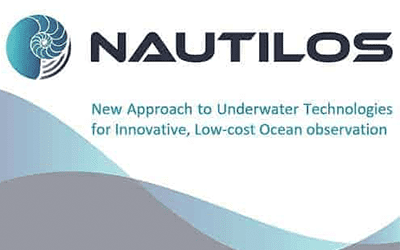
NAUTILOS
NAUTILOS, a Horizon 2020 Innovation Action project funded under EU’s the Future of Seas and Oceans Flagship Initiative, aims to fill in marine observation and modelling gaps for biogeochemical, biological and deep ocean physics essential ocean variables and micro-/nano-plastics, by developing a new generation of cost-effective sensors and samplers, their integration within observing platforms and deployment in large-scale demonstrations in European seas.
The principles underlying NAUTILOS will be those of the development, integration, validation and demonstration of new cutting-edge technologies with regards to sensors, interoperability and embedding skills. The development will always be guided by the objectives of scalability, modularity, cost-effectiveness, and open-source availability of software products produced.
Partners
21 partners from 11 European countries
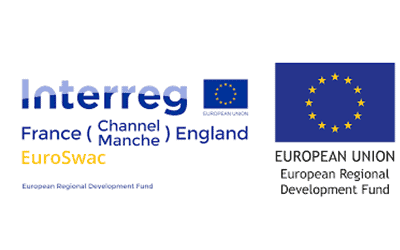
EUROSWAC
Highly efficient innovative shallow-water based Sea Water Air – Conditioning solution for the Channel Area
EUROSWAC is co-financed by the European Regional Development Fund, total budget of €3,515,877.84, including ERDF fund of €2,295,250.24.
EUROSWAC aims at designing and validating an innovative, cost-efficient and environmentally friendly solution for cooling production, using English Channel’s seawater (widely available renewable energy source) as refrigerant, exploiting temperature difference between cold ocean water and external air temperature.
While the need for cooling in large coastal cities is increasing at UK-FR levels (due to climate change crease), cooling is still mainly produced through chillers, a technology using large amounts of electricity generated partially by fossil fuels, slowing down the ability to meet Channel Area (CA) energy-climate objectives. EUROSWAC demonstrates the ability of using the Channel seawater for free cooling, adapting an existing technology used in tropical areas to the low depth and temperate climate of CA.
Partners
Building on complementary expertise of 11 UK-FR partners from the academic and industrial fields and on the analysis of Channel’s unique features, EUROSWAC aims to develop and test in real life conditions a SWAC prototype at the Brixham laboratory and National Lobster Hatchery in UK. This shallow-water based SWAC system will be the first to support enhancing aquaculture food-stock, which will represent major benefits in regards to CO2 emissions, lifespan and costs compared to existing solutions.
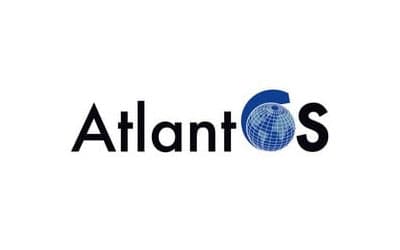
ATLANTOS
The vision of AtlantOS was to improve and innovate Atlantic observing by using the Framework of Ocean Observing to obtain an international, more sustainable, more efficient, more integrated, and fit-for-purpose system. Hence, the AtlantOS initiative has a long-lasting and sustainable contribution to the societal, economic and scientific benefit arising from this integrated approach. This was achieved by improving the value for money, extent, completeness, quality and ease of access to Atlantic Ocean data required by industries, product supplying agencies, scientists and citizens.
The overarching target of the AtlantOS initiative was to deliver an advanced framework for the development of an integrated Atlantic Ocean Observing System that goes beyond the state-of–the-art, and leaves a legacy of sustainability after the life of the project (see AtlantOS High-Level Strategy and find out more about the AtlantOS program).
Partners
62 partners from 18 different countries (13 EU, 5 no-EU)
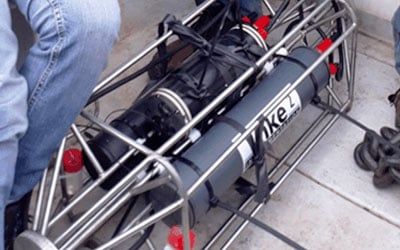
OCEANSensor
The aim is to develop a suite of in situ marine biogeochemical sensors for remote observations in coastal and oceanic waters by combining new sensor technologies with commercially available sensors. The package will comprise of sensors for pH, pCO2 and O2 (fluorescent optodes), nitrate (UV hyperspectral), phosphate and silicate (electrochemical), and phosphate (microfluidic technology). Improvement of measurement metrology is an important component of the project. Further, the partners are planning to develop a novel benthic flux quantification system to be deployed for example for carbon capture and storage CO2 leakage monitoring. In addition, sensors for water quality and biogeochemical observations on platforms including moorings, ARGO floats, surface roaming vehicles and an easily accessible cabled observatory will be demonstrated.
Partners
GEOMAR, Trio Mess- und Datentechnik GmbH, LEGOS, NKE Instrumentation, Aanderaa Data Instrumentation
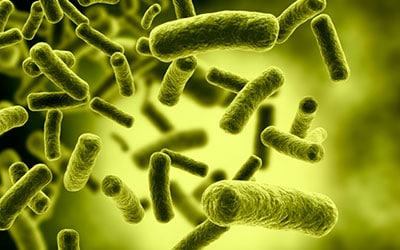
BAC-TRACK
The main objective is the realization of an operational prototype for the in situ detection of bacterial pollution. The BAC-TRACK sensor will monitor the quality of water subjected to urban discharges in coastal or continental environments. The device will be autonomous and installed as a demonstrator on an existing buoy or platform and will transmit the information to the manager or decision-maker via remote communication. The goal is to commercialize the device in France and abroad a new device allowing the dynamic management of the quality of bathing water and sensitive areas.
Partners
NKE Instrumentation, EVOSENS, MIO
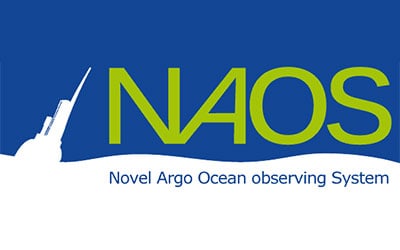
NAOS
The main challenge is to set up an effective monitoring of the world ocean and to strengthen French leadership in ocean and climate research and prediction. The overall objective of NAOS is to consolidate and improve the French and European contribution to the international Argo observing system and to prepare the next decade of Argo. Argo floats are autonomous profiling floats measuring in real time and every 10 days temperature and salinity throughout the deep global oceans, down to 2,000 meters. NAOS will develop and validate the next generation of Argo profiling floats. New float capabilities will include: improved performances, integration of biogeochemical sensors, deeper measurements (3,500 m) and under-ice operations in the polar seas. All these evolutions are essential to improve our knowledge on the role of ocean on climate.
Partners
IFREMER, UPMC, CNRS, PRES UEB, SHOM, CLS, NKE Instrumentation, LOV, LOCEAN, LPO, LOS, RDT, UMI Takuvik
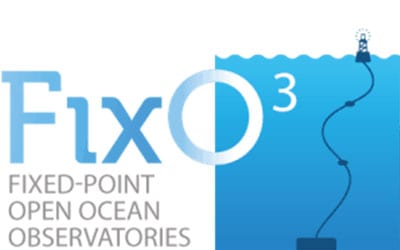
FIXO3
The Fixed point Open Ocean Observatory network (FixO3) seeks to integrate European open ocean fixed point observatories and to improve access to these key installations for the broader community.
These will provide multidisciplinary observations in all parts of the oceans from the air-sea interface to the deep seafloor. Coordinated by the National Oceanography Centre, UK, FixO3 will build on the significant advances largely achieved through the FP7 programs EuroSITES, ESONET and CARBOOCEAN.
Partners
29 partners – universities, research institutes, SMEs –. In addition 12 international experts from a wide range of disciplines comprise an Advisory Board.
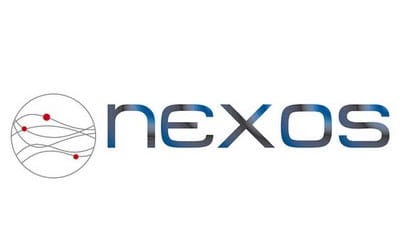
NEXOS
The general objective of NeXOS is to develop new cost-effective, innovative and compact integrated multifunctional sensor systems (ocean optics, ocean passive acoustics, and sensors for an Ecosystem Approach to Fisheries (EAF), which can be deployed from mobile and fixed ocean observing platforms, as well as to develop downstream services for the Global Ocean Observing System (GOOS), Good Environmental Status (GES) of European marine waters (Marine Framework Strategy Directive) and the European Common Fisheries Policy (CFP).
NeXOS is a collaborative project funded by the European Commission 7th Framework Programme, under the call OCEAN-2013.2 – The Ocean of Tomorrow 2013 – Innovative multifunctional sensors for in-situ monitoring of marine environment and related maritime activities. It is composed of 21 partners including public entities, small companies and scientific organizations from 6 European countries.
Partners
PLOCAN, IFREMER, Uni-HB, 52North, AMU, UPC, ALSEAMAR, UNOL, NKE Instrumentation, TrIOS, CMR, CTN, HZG, REC, NIVA, SMID, FRANATECH, UniRESEARCH, CNR-ISMAR, IEEE, ECORYS
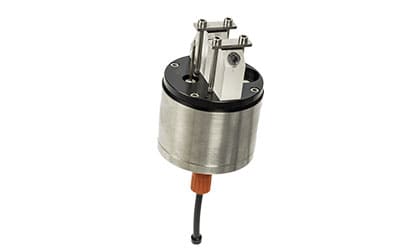
NOSS
NOSS sensor, for NKE Optical Salinity Sensor, is a unique underwater sensor for in situ refractive index measurement and capable to detect salinity anomalies of seawater. NOSS sensor has been designed for a use even in harsh environments, down to 2,000 meters. It becomes a pioneer for initiating experimental studies on the refractive index / density of seawater with anomalous composition. It has been designed to be integrated on surface buoys, sea bottom observatories and profiling floats.
Partners
ENST Bretagne, NKE Instrumentation, SHOM, IFREMER
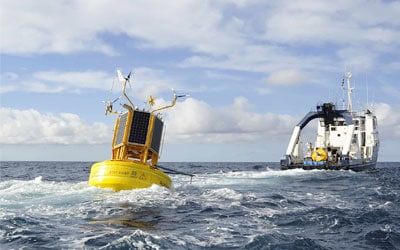
BLIDAR
BLIDAR was the R&D collaborative project that led to the development of the Accurasea buoy. It has won the FUI tender 11. Its objective was to develop a meteo-oceanographic buoy to assess the wind resource on a specific site with the lowest possible uncertainty in order to quantify the energy production of offshore wind farms.
Partners
EOLFI, IFREMER, IRSEEM, NKE Instrumentation
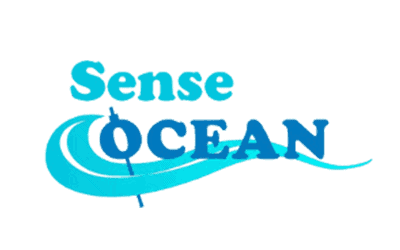
SENSEOCEAN
SenseOCEAN draws together world leading marine sensor developers to create a highly integrated multifunction and cost-effective in situ marine biogeochemical sensor system. The marine environment plays an essential role in the earth’s climate as well as providing resources, recreational opportunities and acting as a vital transportation route. However the inherent vastness of the oceans means that our ability to monitor the health of this important system remains limited.
This project will provide a quantum leap in the ability to measure crucial biogeochemical parameters. Innovations will be combined with state of the art sensor technology to produce a modular sensor system that can be deployed on many platforms. Prototypes will be optimized for scale-up and commercialization.
Partners
NERC, University of Aarhus, AWI, CNRS-LEGOS, Max Planck Institute of Marine Microbiology, TU Graz, University of Southampton, Chelsea Technologies Group, Unisense, Pyro Science GmbH, NKE Instrumentation, TE Laboratories, Science and Stakeholder Advisory Board
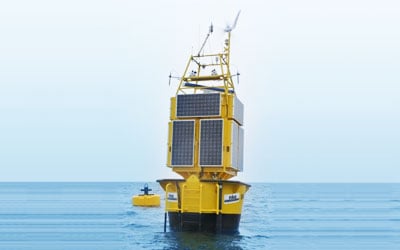
SIMEO
The aim of the SIMEO buoy is to bring together in one equipment the sensors that will collect information on the life of marine vertebrates, whether flying or swimming.
It can be set up in an offshore wind turbine area or in a Marine Protected Area. This autonomous buoy is able to count fish, cetaceans, but also birds and can record their trajectory and their behavior.
Partners
NKE Instrumentation, Biotope, IRD Banyuls-sur-Mer – Sète – Brest, IFREMER Brest